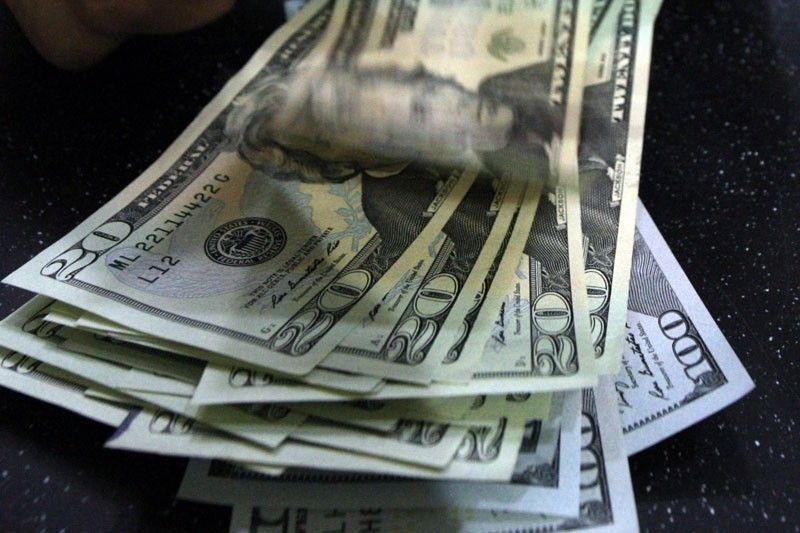External payments flow to remain positive — BSP

MANILA, Philippines — The Bangko Sentral ng Pilipinas (BSP) expects the country’s external payments position to remain healthy amid the sustained inflows.
BSP Deputy Governor Diwa Guinigundo said the country continues to experience robust foreign direct investment as well as foreign portfolio investment inflows.
Latest data showed the Philippines recorded a balance of payments (BOP) surplus for the fifth straight month in March with $627 million, reversing the $266 million deficit recorded in the same month last year, as more foreign exchange continued to flow into the country.
The country has booked surpluses for the past five straight months after recording a BOP deficit of $458 million in October last year.
The BOP is the difference in total values between payments into and out of the country over a period. A surplus means more foreign exchange flowed into the country from exports, remittances from overseas Filipinos, business process outsourcing earnings and tourism receipts than what flowed out to pay for the importation of more goods, services, and capital.
“We continue to see fundamentals inflows in terms of both foreign direct investments and foreign portfolio investments due to resilient economic growth and sharp reduction in the monthly year-on-year inflation,” Guinigundo said.
Latest data showed net inflows of foreign portfolio investments or hot money reached $1.1 billion from January to February, reversing the outflows of $366.37 million in the same period last year due to investor optimism arising from developments on trade negotiations between the US and China and the passage of the Rice Tariffication Law, which is expected to help boost the rice supply in the country and thereby temper inflation.
On the other hand, net foreign direct investment inflows fell by 38.2 percent to $609 million in January from $986 million in the same month last year due to a sharp drop in equity capital placements.
For the first quarter, the BOP surplus reached $3.8 billion and reversed the $1.23 billion deficit recorded in the same quarter last year.
“We continue to see very encouraging signs in the first two months of the year that overseas Filipino remittances and tourist receipts would continue to be robust. Inflows of foreign loans are expected to have also supported the surplus in the March BOP,” Guinigundo said.
Last January, the Bureau of the Treasury tapped the offshore debt market, as it issuing $1.5 billion in global bonds as part of its foreign borrowing program to raise fund to plug the country’s budget shortfall.
Personal remittances climbed by 2.3 percent to $5.3 billion in the first two months of the year from $5.18 billion in the same period last year, while cash remittance coursed through banks grew three percent to $4.78 billion from $4.65 billion.
For this year, the BSP sees a smaller BOP deficit of $3.5 billion or one percent of gross domestic product (GDP) and a GIR level of $77 billion, enough to cover 6.3 month’s worth of imports of goods and payments of services.
Last year, the country’s BOP shortfall widened by 167 percent to $2.31 billion from $863 in 2017 due mainly from the reversal of the current account to a deficit with the continued widening of the trade-in-goods deficit.
The shortfall last year was lower than the BSP’s revised full-year deficit assumption of $5.5 billion or 1.6 percent of GDP.
- Latest
- Trending





























